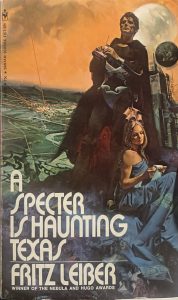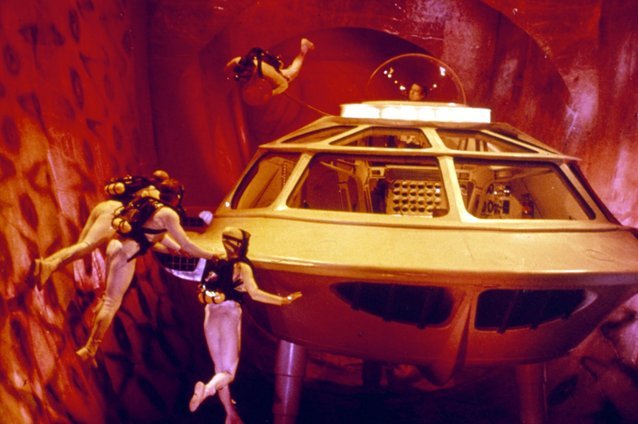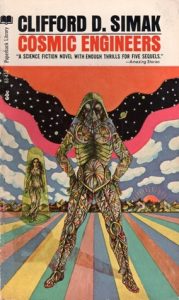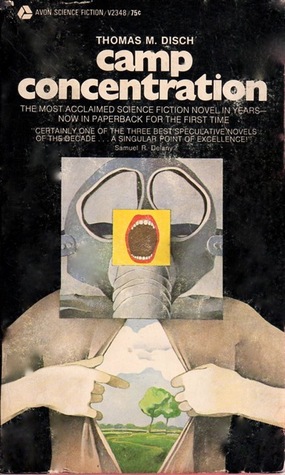I thought the cover was really fascinating and the title was endearing to me. I instantly had an inkling on what the story would entail before having read that, and I think that works in its favor. I haven’t had any experience going through bookstores so it was a bit of an overwhelming search, but there was a whimsical nature to the cover of Thrice Upon A Time so I just had to learn more about it.
In the barest of bones, it’s a story about time travel and exploring its potential limitations and consequences. Time travel is done through sending messages to the past, which then affect the present reality. There are also themes of this mechanism of time travel being controlled by the government and higher forms of power, and how these scientists stumble upon a machine they don’t understand the potential it holds until later in the story.
I would categorize this story as Hard SF, as it primarily uses theoretical mathematics and quantum physics to explain the mechanisms behind the technology used. There were a lot of pages dedicated strictly to theorizing how time travel would even work, and touched on the multiverse as it relates to infinite branching timelines. It also goes without saying that the story is about time travel, and looking at all the different ways things can be altered in these different timelines. I’m not usually a fan of Hard SF, but I could appreciate the amount of thought and care that went into developing this world and the technology. There are also subplots revolving around free will. This primarily relates to the relationships between the characters and whether they’d still come to fruition or end if the timelines weren’t altered by the messages.
I think there was way too much exposition, it was very hard to get through because a lot of the pages were going over the setting and the geography of each location which took me out of the story often. Most of the plot could honestly be taken out, I think the main draw of the story was how it explores relationships affected by timelines. The politics and the overarching bureaucracy, along with the vaccine & virus stuff wasn’t my cup of tea. I didn’t think it added to the story either, because the science behind it didn’t feel realistic to me. There also seemed to be significantly less effort put towards fleshing out the other sciences in this story unrelated to time travel. However, this point towards the plot might be biased because of my affinity towards soft SF and fantasy genres. This isn’t to say that the way James P. Hogan wrote this was necessarily bad, but the stakes felt higher for the relationships in the story, rather than the world succumbing to the deadly illness. I think the message it has about love is surprisingly optimistic, as it seems to validate fate as a force in the universe. Certain characters always find a way back to each other regardless of the timeline alterations. This personally aligns with my view of the world so it’s cool to see it affirmed in text that was written decades ago.
I’d recommend it to anyone interested in time travel as a genre, it’s a really interesting thought experiment the way it deals with timeline manipulation, as well as separate timelines. If you’re a hopeless romantic I would also recommend this story because it handles love in a really cute way!
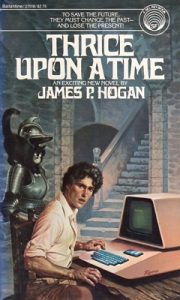
Works Cited:
Hogan, James. Thrice Upon A Time. New York: Ballantine Books, 1980.
(Tyrese Duncan-Moore)



